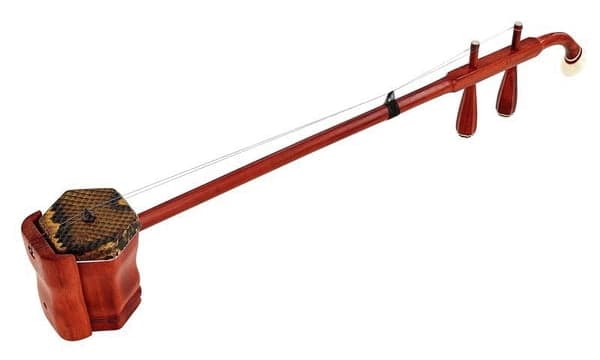

In: Interspeech 2017, pp 3043–3047Ĭhen MT, Li BJ, Chi TS (2019) CNN based two-stage multi-resolution end-to-end model for singing melody extraction. Phan H, Koch P, Katzberg F, et al (2017) Audio scene classification with deep recurrent neural networks. In: 26th European signal processing conference (EUSIPCO), pp 2444–2448 Sang J, Park S, Lee J (2018) Convolutional recurrent neural networks for urban sound classification using raw waveforms. In: Proceedings of the 5th international conference on digital libraries for musicology, pp 1–10 Lostanlen V, Andén J, Lagrange M (2018) Extended playing techniques: the next milestone in musical instrument recognition. In: 2019 IEEE international conference on acoustics, speech and signal processing (ICASSP). Hung YN, Chen YA, Yang YH (2019) Multitask learning for frame-level instrument recognition. IEEE/ACM Trans Audio Speech Lang Process 25(1):208–221 Han Y, Kim J, Lee K (2017) Deep convolutional neural networks for predominant instrument recognition in polyphonic music. Li P, Qian J, Wang T (2015) Automatic instrument recognition in polyphonic music using convolutional neural networks.


Toghiani-Rizi B, Windmark M (2017) Musical instrument recognition using their distinctive characteristics in artificial neural networks. Han Y, Lee S, Nam J et al (2016) Sparse feature learning for instrument identification: effects of sampling and pooling methods. Mahanta SK, Khilji A, Pakray P (2021) Deep neural network for musical instrument recognition using MFCCs. 2018 2nd international conference on I-SMAC (IoT in social, mobile, analytics and cloud). Jeyalakshmi C, Murugeshwari B, Karthick M (2018) HMM and K-NN based Automatic Musical Instrument Recognition. IEEE, pp 669–673īhalke DG, Rao CR, Bormane D (2016) Hybridisation of mel frequency cepstral coefficient and higher order spectral features for musical instruments classification. Liu J, Xie L (2010) SVM-based automatic classification of musical instruments.In: 2010 international conference on intelligent computation technology and automation, vol 3. Jiang Y (2019) The application of computer audition on automatic phonation modes classification and perceptual timbre space construction. Jiang Y, Sun X, Liang X, et al Analysis of Chinese instrument timbre based on objective features. Jiang W, Liu J, Zhang X et al (2020) Analysis and modeling of timbre perception features in musical sounds. Springer Singapore, pp 53–60īismarck GV (1974) Timbre of steady sounds: a factorial investigation of its verbal attributes.

In: Proceedings of the 6th conference on sound and music technology (CSMT). Liang X, Li Z, Liu J, Li W, Zhu J, Han B (2019) Constructing a multimedia chinese musical instrument database. In: international conference on computer & information science, vol 1. Ibrahim R, Senan N (2012) Soft set theory for automatic classification of traditional Pakistani musical instruments sounds. In some contemporary styles, erhu is also be played in a standing position.Sankaye SR, Mehrotra SC, Tandon US (2015) Indian musical instrument recognition using modified LPC features. The erhu is usually played sitting down placed on the top of the left thigh. This is the same as the two middle strings of the violin. The inside string (nearest to player) is generally tuned to D4 and the outside string to A4. erhu, Wade-Giles romanization erh-hu, bowed, two-stringed Chinese vertical fiddle, the most popular of this class of instruments. The erhu is almost always tuned to the interval of a fifth. This resonator is covered with a piece of stretched snakeskin (python), which results in the unique “whining” tone color of the instrument.
#2 string chinese instrument professional#
F ree Accessories: 2 bridges, 2 padding, one bow, a rosin, a set of spare strings, pitch tuner, a pair of mechanical tuning device, and a professional hard case. There is a vertical post with a fingerboard, which goes through the sides of a resonator at its base. Redwood brings a visual and audible beauty to any traditional Chinese musical instrument. There are two strings, with the bow inserted between them. With a range of about three octaves, it’s sound is rather like a violin, but having a more nasal tone. The first Chinese character of the name of the instrument, èr (meaning “two”), is believed to come from the fact that the instrument has two strings. Erhu 二胡, also known as two-string violin, the erhu is a Chinese 2-stringed, vertical fiddle that has a history of more than 1000 years.


 0 kommentar(er)
0 kommentar(er)
